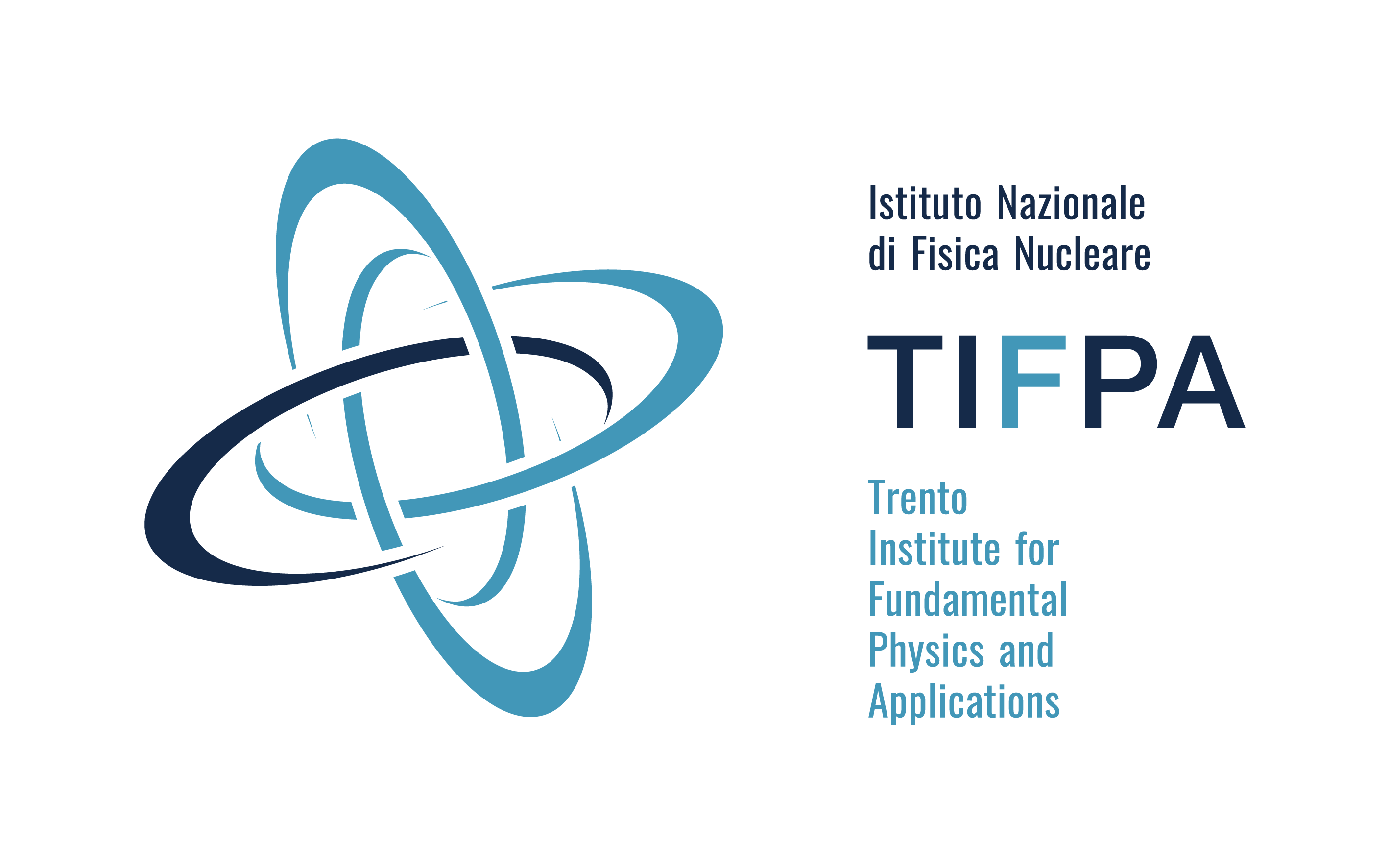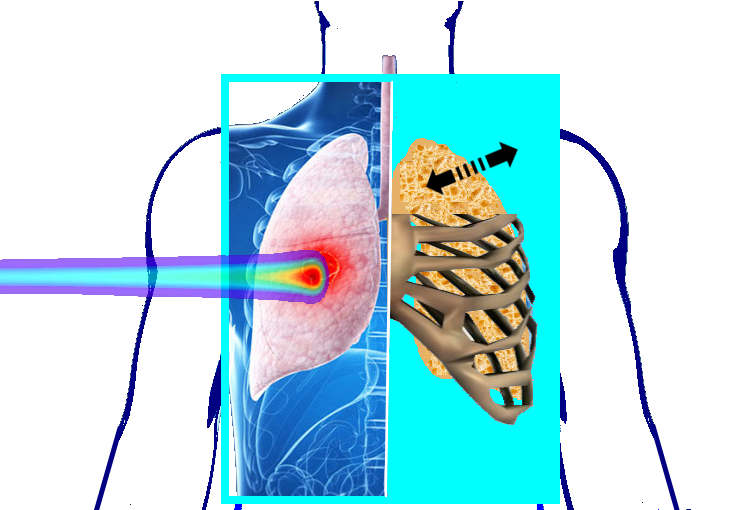LETytBE - A 4D Phantom for radiation quality characterization in ion Therapy
The project aims to develop an innovative anthropomorphic irradiation phantom with respiratory stop-motion to characterize, for the first time, the linear energy transfer (LET) spectrum and lineal energy distribution, f(y) to evaluate radiation quality variation during organ motion and its impact on normal tissue complication probability (NTCP) and tumour control probability (TCP) models.
The Science
The dose planning accuracy of mandatory importance for all radiotherapy treatments, and particularly for proton therapy (PT) ones due to the high dose localization. This problem is related to several factors as the complex geometry and tissue types of the human body and respiratory motion, with the consequently mixed radiation field due to scattering and nuclear reaction processes. The radiation quality characterization in a patient-like geometry is strongly correlated with the effectiveness of the treatment together with the related normal tissue complication probability (NTCP) and tumour control probability (TCP).
This project aims to develop an innovative anthropomorphic irradiation phantom with respiratory stop-motion able to allow several types of dosimetric and radiation quality measurements thanks to the flexible geometry and the absence of pre-set detector positions. The phantom will allow characterizing, for the first time, the linear energy transfer (LET) spectrum and lineal energy distribution, f(y) under respiratory conditions to evaluate radiation quality variation during organ motion and its impact on NTCP/TCP model.
The LET will be characterized with innovative polysiloxane scintillators that provide online high precision measurements thanks to their small size (100μm thickness); simultaneously, the lineal energy distribution, f(y), will be measured with tissue-equivalent proportional counters (TEPC) and the dose will be registered in a patient-like geometry covering the areas of tumour and organ at risk (OAR). The experimental data will be used as inputs for an existing in-house-developed radio-biological model for RBE evaluation, the model will be extended to include respiratory movements allowing a more accurate prediction of relevant dosimetric quantities. The main clinical implication will be the revaluation of healthy tissue dosimetry in the thoracic area interested by the breathing movements allowing a potential strong enhancement of accuracy.
TEAM
• INFN groups: Roma3, TIFPA
• Principal Investigator: Elettra V. Bellinzona (TIFPA)
• INFN Project: CSN V
• Duration: 2 years (2021 - 2022)
TIFPA Team
• Local responsible for TIFPA: Elettra V. Bellinzona
• Involved TIFPA people: Artem Arkhangelskiy, Francesco Giuseppe Cordoni, Matteo Favaro, Francesco Fracchiolla, Chiara La Tessa, Marta Missiaggia, Alberto Quaranta, Emanuele Scifoni, Francesco Tommasino
• External involved people:Andrea Attili (INFN-Roma)
Images



